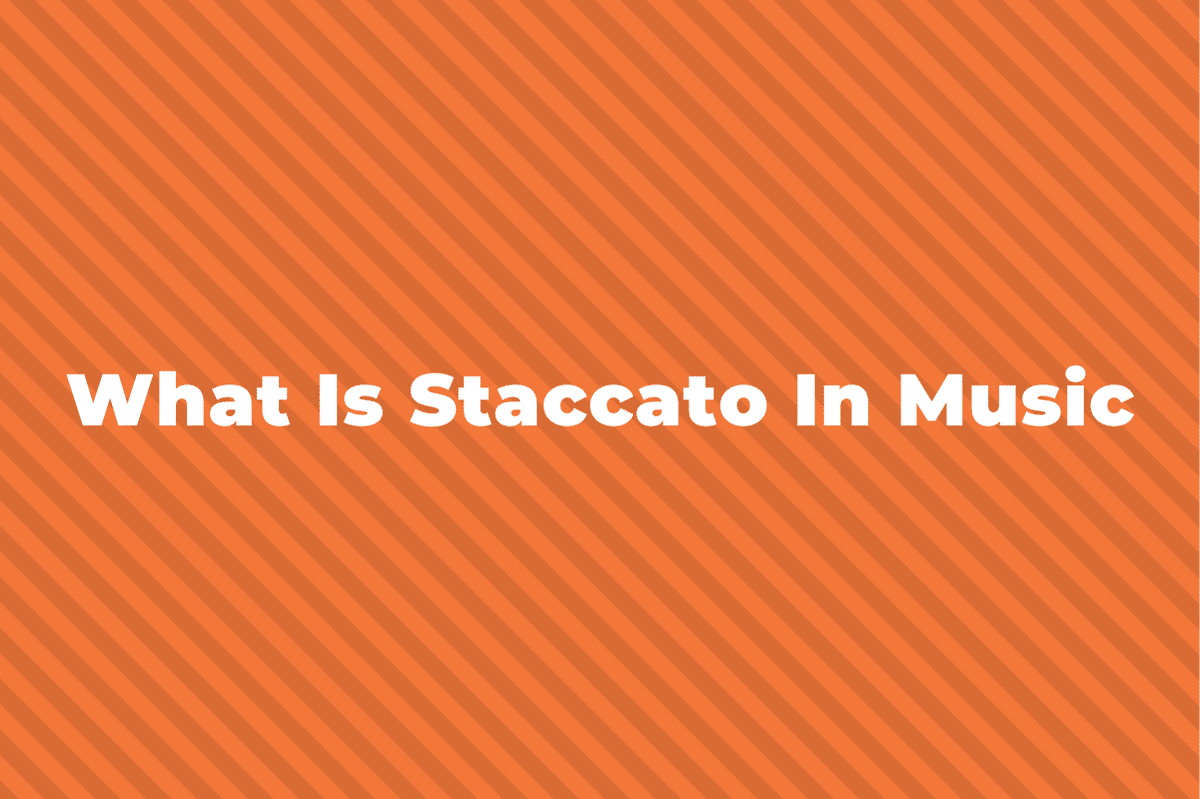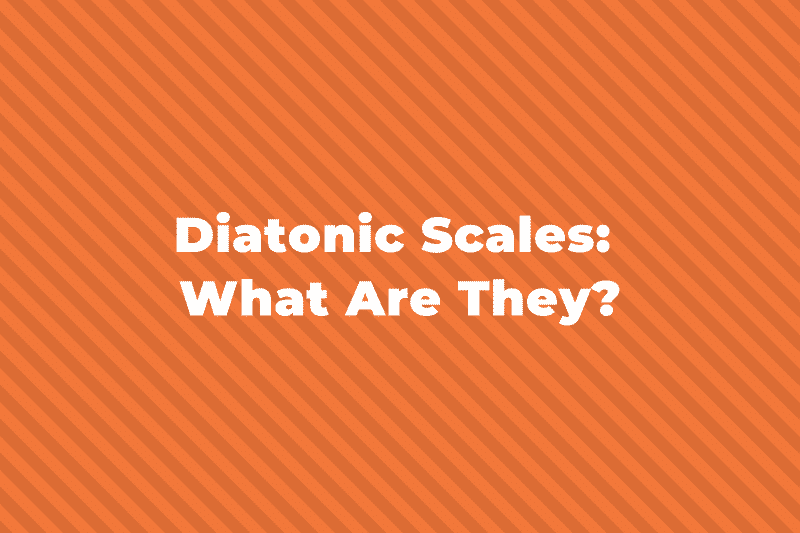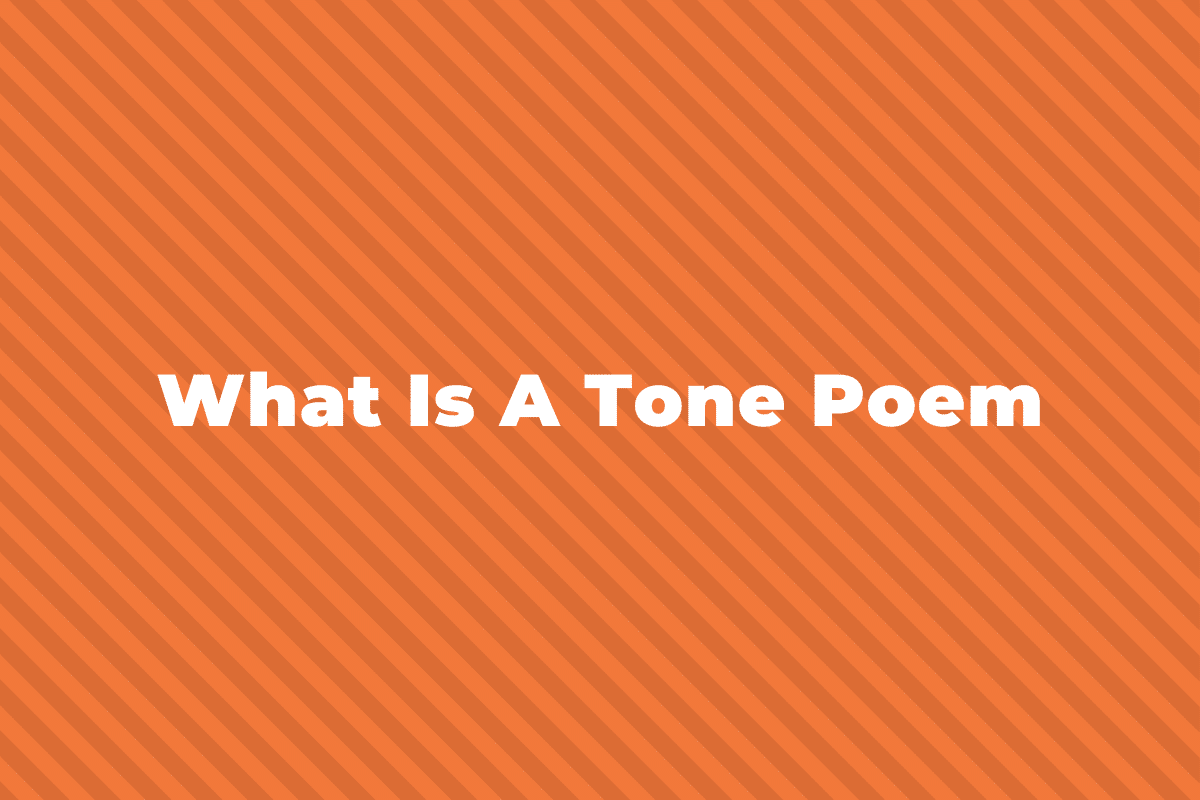Unlike major scales where there is just the one, there are a few different types of minor scales. They all have one thing in common which is they have a flattened third note of the scale.
In this post, we’re going to be looking at one type of minor scale called the harmonic minor. Let’s take a look.
What is the Harmonic Minor Scale?
The harmonic minor scale is a type of minor scale that is very similar to the natural minor.
The only difference is that we raise the 7th note by a semitone (half step).
Using A harmonic minor as an example, it means raising the 7th note, G natural, by a semitone to G# as shown below.

The harmonic minor scale is sometimes known as the Aeolian ♯7 scale.
This is because it’s the same as the Aeolian mode but with a raised 7th note of the scale.
Check out this post to read more about the other types of modal scales.
Harmonic Minor Formula
When building scales, we can use a formula of semitones and tones (half and whole steps) and each type of scale has a different formula.
The harmonic minor scale formula (with S representing semitones and T representing tones) is:
T – S – T – T – S – T1⁄2 – S
Or shown as whole and half steps it would be:
W – H – W – W – H – W1⁄2 – H
This will help you know how to make a harmonic minor scale starting on any key.
Just follow the above formulas and you’ll have played one.
Conclusion
If you’re studying an instrument then learning about the harmonic minor scale is definitely something you’ll need to do.
It comes up all the time in music exams and is definitely in the music theory exam syllabus.
I’ll be adding more details to this post soon so post any questions you have and I’ll do my best to answer.



